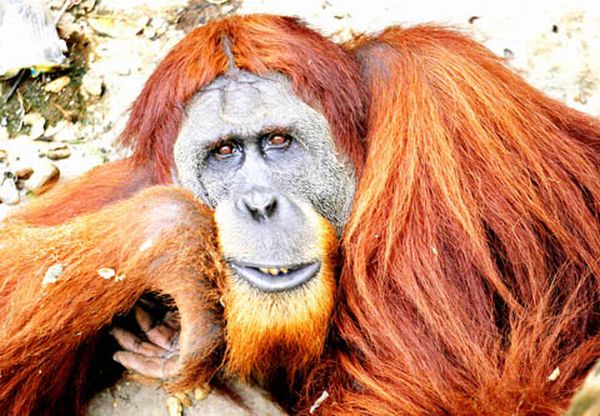
The Wildlife Conservation Society has named the rarest of the rare animals that are threatened with extinction. This does not mean that all these animals are doomed. They belong to the group of the most endangered species. The list was particularly made in order to know about the animals that need human assistance. Here is a description of some conservation measures that can help save the endangered species and prevent them from being wiped out from our planet.
1. Sumatran tiger
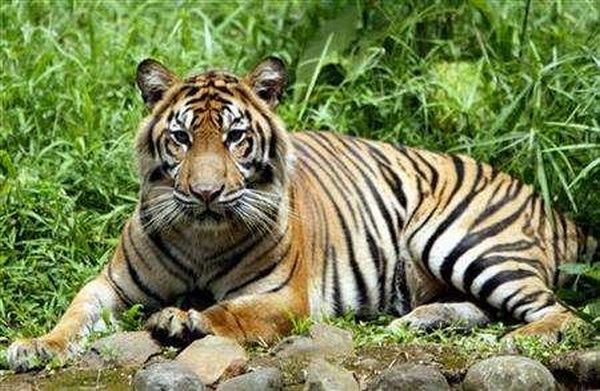
According to the report of a wildlife-monitoring group, tiger teeth, skin, claws, whiskers, etc. are sold openly in the markets of Sumatra, Indonesia. This causes a great concern on the extinction of the island’s big cat, the Sumatran tiger, Panthera tigris sumatrae. A survey by a British based group in 2006 found that at least 23 tigers were killed in that year to produce these products. The tiger population is estimated to be as few as 400-500, which is much likely to reduce and completely disappear if the trade continues. All trades are banned and if caught, the offenders may have to pay about $11,000 for possessing or trading such goods. Tiger penises and bones are used in traditional Chinese medicines. Other parts are used for various purposes like the teeth for jewelry that is believed to bring luck to the person wearing it. Though a 10-year strategy has been announced for protecting the tiger, the government feels that more measures have to be taken.
2. The island gray fox

The island fox is found in the Channel Islands of California. It has grey fur on the head and red coloring on the sides. White fur adorns the lower face, belly, and throat. It has a black stripe on the tail. The fox is known to molt one time a year during August-November. The pups are generally wooly and have darker coat than the adults have. A decline in the population was noticed in 1990. In 1994-1999, the adult population fell from 450-15 on the San Miguel Island. Similar kind of decline was seen on other islands too. By 2000, the number of animals was just 14 from 1,500 in the year 1994.
3. The Sumatran orangutan

The Sumatran orangutan falls in the list of critically endangered animals with only about 6,600 animals left. The animals are found in the subtropical and tropical moist broadleaf forests of the western and Northern provinces of Sumatra. Like humans, they are extremely intelligent. They differ from the Borneo variety in certain aspects of behaviors and appearance. The orangutans have reddish fur all over their body.
4. Hirola
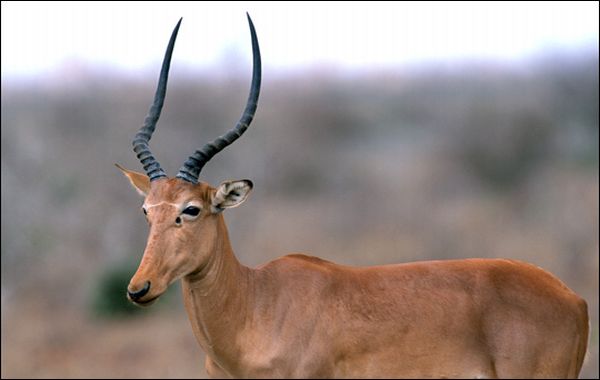
The Hirola is a rare antelope that is facing extinction recently. The animal was discovered by a zoologist and game hunter H C V Hunter in 1888. The animal is a sandy colored antelope that has long legs, face, and body with a short neck. Male versions turn slate gray as they age. The characteristic feature of hirola is the spectacles around their eyes. They have heavily ringed horns that are used for protection. The skin is thick at the back of their neck and folds up to the horns. The ears are black-tipped. The long tail is white in color.
5. Javan Rhino
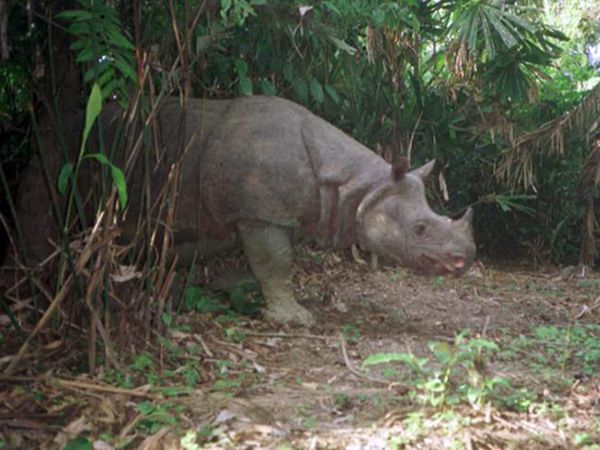
There are only about 50 Javan rhinos left in the world. If proper safety measures are not taken, we can lose this species forever soon. The species is found only in the Ujung Kulon National Park of Indonesia. Since the whole population is found in a single location, there is more threat of extinction that can be triggered by a natural disaster or any kind of disease. Efforts are being taken to expand the habitat to prevent extinction.
6. Africa’s elephants
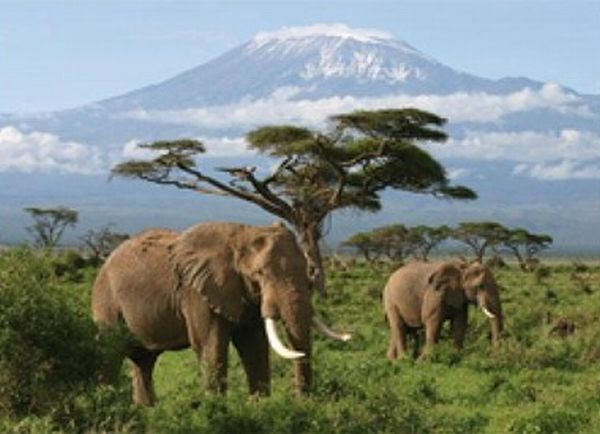
African elephants could become extinct by 2020 if the animals are continuously killed for ivory. The population of the animal was around one million in 1980 and has reduced to 470,000 with over 70,000 being killed every year. Without the elephants, there may be major changes in the ecosystems that can cause negative effects on various species. The restrictions on ivory by the Convention on International Trade in Endangered Species in 1989 has led to strong enforcement efforts and completely stopped poaching.
7. The giant panda
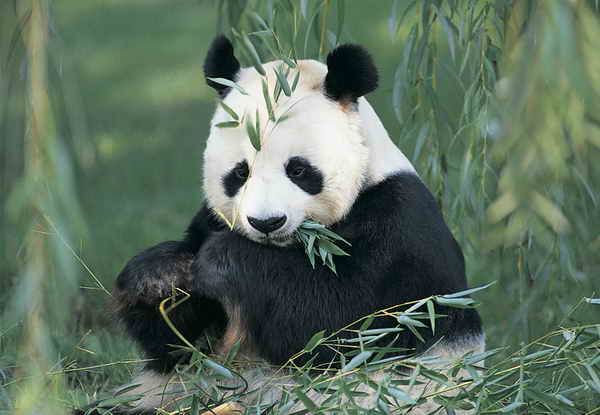
The giant panda is admired by all for its gentle demeanor and appealing markings. It belongs to the bear family. The animal is characterized by heavy shoulders, distinctive black and white coat. The panda can grind bamboo easily due to the presence of molars and premolars. It is also well known for its thumb that is actually the wrist bone modified. The pandas are endangered species for two reasons, the area where they live has shrunk greatly and they are being hunted for pelts that are very expensive.
8. Red wolf

The red wolf is a slender and smaller cousin of the grey wolf. It has a reddish tinge and hence the name. The species is almost on the brink of extinction. The threats are due to various reasons like human development, weather conditions, illegal killings, death by vehicles and negative attitudes. However, the efforts of defenders through public education and advocacy have increased the population of the nocturnal creature in North California.
9. Mountain gorilla
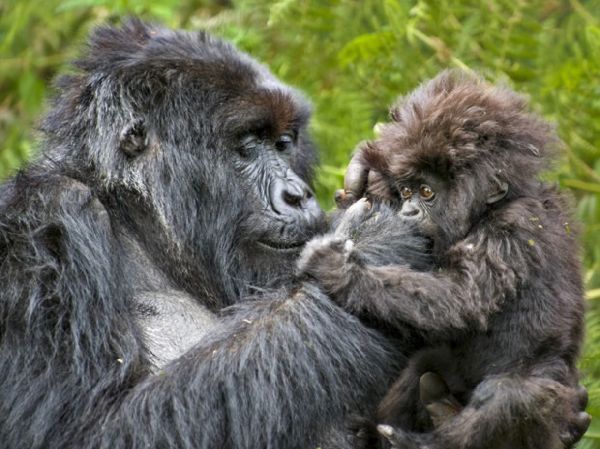
According to researchers, only about 700 gorillas are left after several years of destruction of habitat and forests, uncontrolled hunting and illegal capture of animals. The number was determined by counting the number of nests. However, some studies even state that the animals are capable of building more than one nest. Most of the researchers feel that only accuracy in the numbers can help them to take preventive measures to save the species.
10. Dwarf water buffalo
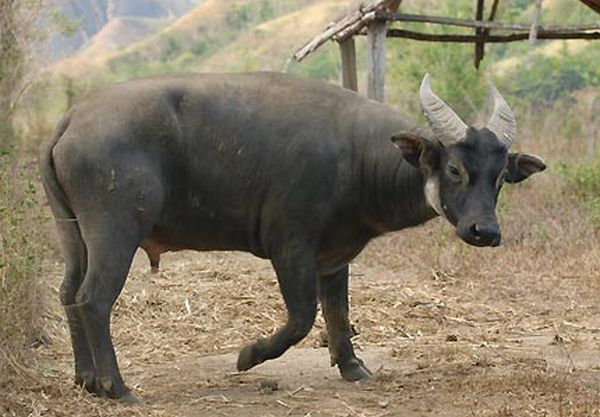
The dwarf water buffalo or the Tamaraw is found only on one of the islands of Philippines. They are just a meter high and may reach your belly if you ever happen to meet one. Many factors are responsible for the decline in the population. The human population was also responsible by exposing the animals to severe anthropogenic pressures. Hunting for food is also a major reason for the decline.


